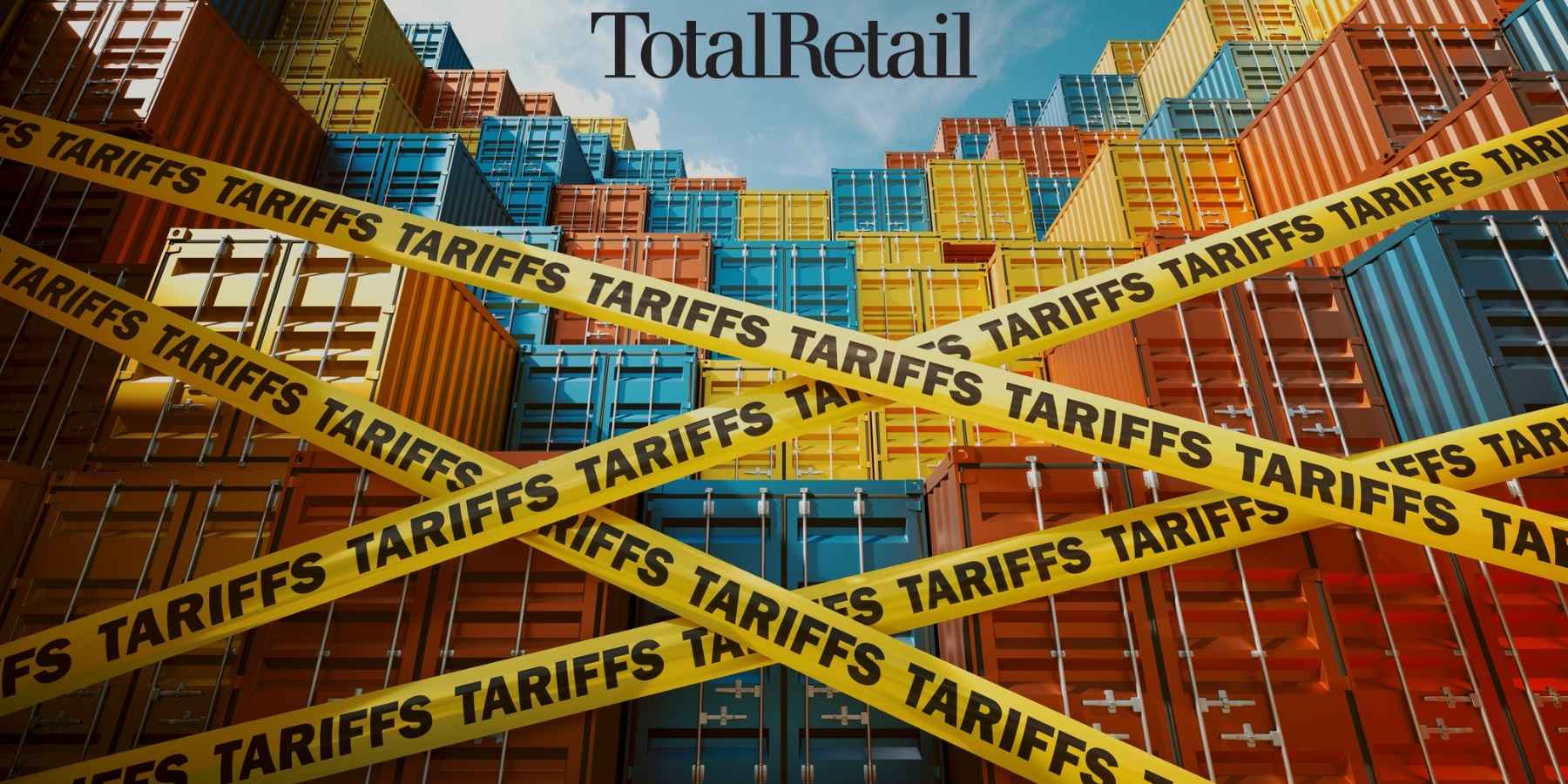You’ve picked your domain and a website template. Added product photography and descriptions. Next up: your Shopify shipping strategy. Here’s how to create a checkout experience your customers will love.
For merchants of any size, building a website from scratch is an overwhelming task. From choosing a user-friendly design, to writing product descriptions that entice buyers and managing inventory as orders start coming in, there’s a lot to consider when launching an online business for the first time.
Many small to medium-sized businesses flock to Shopify’s eCommerce platform because of its modern design templates and quick setup capabilities. However, one thing that many retailers discover along the way is that running a successful Shopify store requires additional software integrations.
But that makes sense, doesn’t it? To actually have a fully customized experience, more specifically one that converts buyers, you can’t just accept what’s given to you. Investing in the best technology is the only path forward, especially in this modern age where cart abandonment rates have been around 70% in the last few years alone.
That’s why Shopify, along with all other major eCommerce platforms, has many official (and unofficial) tech partnerships. These Shopify partners are hosted within the Shopify App Store, which is essentially a marketplace that promotes any technology you can think of. This “Shopify Marketplace” includes apps that can help you find products, improve your store design, boost conversion, and manage customer support.
However, one of the key areas within the App Store is “Orders and Shipping.”
Shipping Apps, Explained In Detail
In the Shopify App Store, the “Orders and Shipping” category has over a dozen subcategories to choose from, including shipping rates and labels, order management, and order status tracking.
Without deep knowledge of logistics, building a Shopify shipping strategy from the ground up can intimidate many first-time sellers. And still, intimidate Shopify sellers years later. To simplify things, let’s define two general categories of Shopify shipping integrations.
- Post-Purchase Shipping Experience – This type of Shopify shipping software handles everything that occurs after a purchase has been made, including order filtering, label printing, shipping document generation, and delivery tracking.
- Pre-Purchase Shipping Experience – In contrast, this type of Shopify shipping app helps you optimize your checkout specifically. This includes customization of your shipping rates, your delivery options, and delivery dates. Plus, everything you need to configure behind the scenes, such as shipping rules and restrictions, to stay compliant with the law.
While both types of Shopify shipping apps are essential pieces of your shipping process, let’s focus in on your pre-purchase shipping strategy more. After all, your checkout experience is a huge reason why customers choose to shop with you with 45% of customers saying they will abandon their carts due to unsatisfactory delivery options.
Shopify Shipping Checklist: 5 Things You Absolutely Need to Do
By building a Shopify shipping strategy optimized for conversions and customer loyalty, you’ll be able to reduce cart abandonment in no time. The key here is to empathize with the customer and the expectations they have around shipping thanks to Amazon. Think about what you like to see once you’re on a checkout page.
Then, do a shipping audit to get a full picture of what you’re doing now. What’s costing you the most? How much manual labor, like rate quoting, is a part of your operations? Is free shipping actually unaffordable, or something you’ve never considered?
Let’s explore a few things you can do right now to create a shipping experience that drives sales.
1. Offer Shipping Rates and Options that Make Sense
Let’s get straight to the point: your shipping strategy needs to align with your business requirements and goals 100%. For example, if you are unable to ship certain products overseas like International Military Antiques, a company that sells military collectibles and memorabilia, behind-the-scenes rules need to account for these restrictions. Or, if you sell perishable goods such as ice cream, your shipping options at checkout always need to be speedy to avoid any melty mishaps.
Customization is your friend when it comes to shipping. At checkout, the rates and methods you offer customers need to account for factors like product type, customer location, and cart subtotal before the information appears. Not only will having unique shipping rules keep your business compliant, but help you save money by preventing unnecessary support and delivery headaches.
With Shipping Rules in ShipperHQ, you can limit the type of shipping methods and carriers offered if a product is banned, set up restrictions around weight for oversized goods, plus add handling surcharges for goods that cost more to purchase and assemble.
2. Create Dynamic and Timely Shipping Promotions
Thanks to Amazon, the average buyer simply expects you to have fast and free shipping options at checkout. Or at least, offer some sort of shipping discount or promotion. While free shipping across the board may not be a viable option for your business, it doesn’t have to be completely off the table.
Shipping is a powerful marketing tool, so your creativity is really the only limit here. Meaning, you can set surcharges to offset shipping costs to places far off the beaten path and build the cost of shipping into your product pricing strategy. Or simply, offer free shipping on slower, low-cost methods like ground delivery.
Shipping Rules in ShipperHQ also allow you to limit free shipping on lightweight products to avoid having to ship heavy items for free. You can even provide a discount for bulk orders or orders above a certain cart quantity threshold.
3. Invest in Automation for Better Shipping Margins & Efficiency
Think about all the different facets of your shipping process that you’re doing manually. Is your staff calling different providers for LTL freight quotes? Do they just choose any box when an order comes in and call it a day? How do they decide which warehouse is the most cost-effective to ship out of?
All the time it takes to do these things by hand adds up.
While automation and digitalization are intimidating, particularly for Shopify B2B retailers unfamiliar with the territory, it’s a myth that core team members are suddenly out of a job. In this case, investing in new shipping technology equals better efficiency, which means quicker and more streamlined fulfillment. Automation also allows you to do things you’ve never done before, like double-checking addresses for accurate last-mile delivery fees from carriers.
ShipperHQ features like Dimensional Packing, Address Validation, LTL Freight and Multi-Origin Shipping are built to help you boost your bottom line and operational efficiency. You can instantly select the best-fit box for every order and create your own product packing rules. Plus, verify a customer’s address type, manage shipping rates from multiple locations, and get live LTL freight rates.
4. Provide Convenient Pickup Choices Customers Love
Online shoppers today want complete control over how, when, and where they receive their orders. Meaning, they want the freedom to pick a delivery option that works best for their budget and busy schedule. Curbside pickup, BOPIS (buy online, pickup in-store), and alternative pickup are the three options that check this convenience box customers desire.
With over a quarter of online shoppers saying they will continue to use pick-up services long-term, the trend isn’t going anywhere. Even retailers without a brick-and-mortar footprint have the opportunity to offer this type of customer experience. Both UPS and FedEx have their own alternative pickup programs with services available via thousands of retail locations across the U.S.
Through ShipperHQ’s In-Store Pickup feature, Shopify merchants can give their buyers flexibility at checkout by letting them pick up packages at a retail location nearby. You can provide same-day pickup, or even control the number of pickup locations offered based on distance to a customer.
5. Show Total Delivery Transparency at Checkout
Long gone are the days when customers will be content to receive their item in “7 to 10 business days.” Amazon has trained all of us to want fast delivery. That is to say, most of us expect to see actual dates at checkout and not a shipping speed range.
More than ever, customers want and expect clear communication about the order they’ve placed. In fact, 82% of customers prefer to shop with stores that show actual delivery dates, and 45% say they’d even pay more for this feature.
Shopify’s native date logic is very basic. Therefore, it only takes into account the day the order is placed and the number of days in transit when providing your customer with a package arrival date. Thankfully, with the right Shopify shipping app partner, you can account for many more factors for greater delivery date accuracy.
ShipperHQ’s Delivery Date & Time feature tells customers exactly when their order will arrive just like Amazon does. Delivery dates are pulled straight from carriers like FedEx, UPS, USPS, and Canada Post. These dates also consider blackout dates, cutoff times, shipping lead times, and time-in-transit limitations for products, origins, carriers, and more.
“With ShipperHQ, customers on the other side of the country get a better picture of what free shipping, 2-day shipping and our other shipping options mean. It’s not just about shipping price anymore. They want to choose what’s most convenient to them and know precisely when their order will arrive without any guessing involved. Now, that’s exactly the type of checkout experience a customer receives.
Noah Solomon, Digital Director, Tecovas Handmade Boots
ShipperHQ: Trusted Shipping Experts Since 2014
ShipperHQ has over a decade of shipping expertise working with tens of thousands of merchants worldwide, including innovative Shopify and Shopify Plus customers like Tecovas, Bulletproof, and Zippo.
Our award-winning customer success team is approachable and passionate about solving your shipping problems. With offices in the UK, Australia, and the heart of Texas, we’re here to help no matter where you are.
Our team of eCommerce shipping experts is happy to get you up and running in no time. With Consultation Services, Priority Support, and Configuration Services, we can guide you toward the best Shopify shipping strategy for your online store. Or, you can put your shipping strategy in our hands and we’ll take care of setup for you.
Let us help you create custom Shopify shipping experiences and a winning checkout process for your store.
Get started with your No Risk 15-Day Free Trial.
Visit ShipperHQ’s Shipping App on the Shopify App Store to learn more.

Shipping on Shopify FAQs
1. How can I offer accurate delivery dates to my customers on Shopify?
To offer accurate delivery dates, integrate a shipping solution like ShipperHQ that provides real-time carrier data. This ensures customers see precise delivery estimates based on their location, shipping method, and carrier options.
2. What are the best shipping strategies to improve customer satisfaction on Shopify?
To improve satisfaction, follow below shipping strategies:
- Offer multiple shipping options (standard, expedited, store pickup)
- Provide clear shipping costs
- Present free shipping on larger orders
- Allow customers to choose delivery dates for added convenience
3. How can I reduce cart abandonment through better shipping options on Shopify?
You can reduce cart abandonment by displaying shipping costs early on the product page, offering free shipping for orders over a certain amount, and enabling delivery dates on checkout.
4. How does ShipperHQ improve my Shopify shipping strategy?
ShipperHQ enhances your strategy by offering real-time carrier rates, customizable shipping rules, and delivery date/time options. It integrates with multiple carriers to provide flexible and accurate shipping choices for your customers.
5. What are the best practices for managing shipping costs on Shopify?
To manage shipping costs effectively follow the below guidelines:
- Use real-time carrier rates to ensure accuracy
- Optimize your packaging to reduce dimensional weight
- Offer tiered shipping options
- Consider offering free shipping for orders over a minimum threshold
- Regularly review your carrier contracts to secure the best rates






